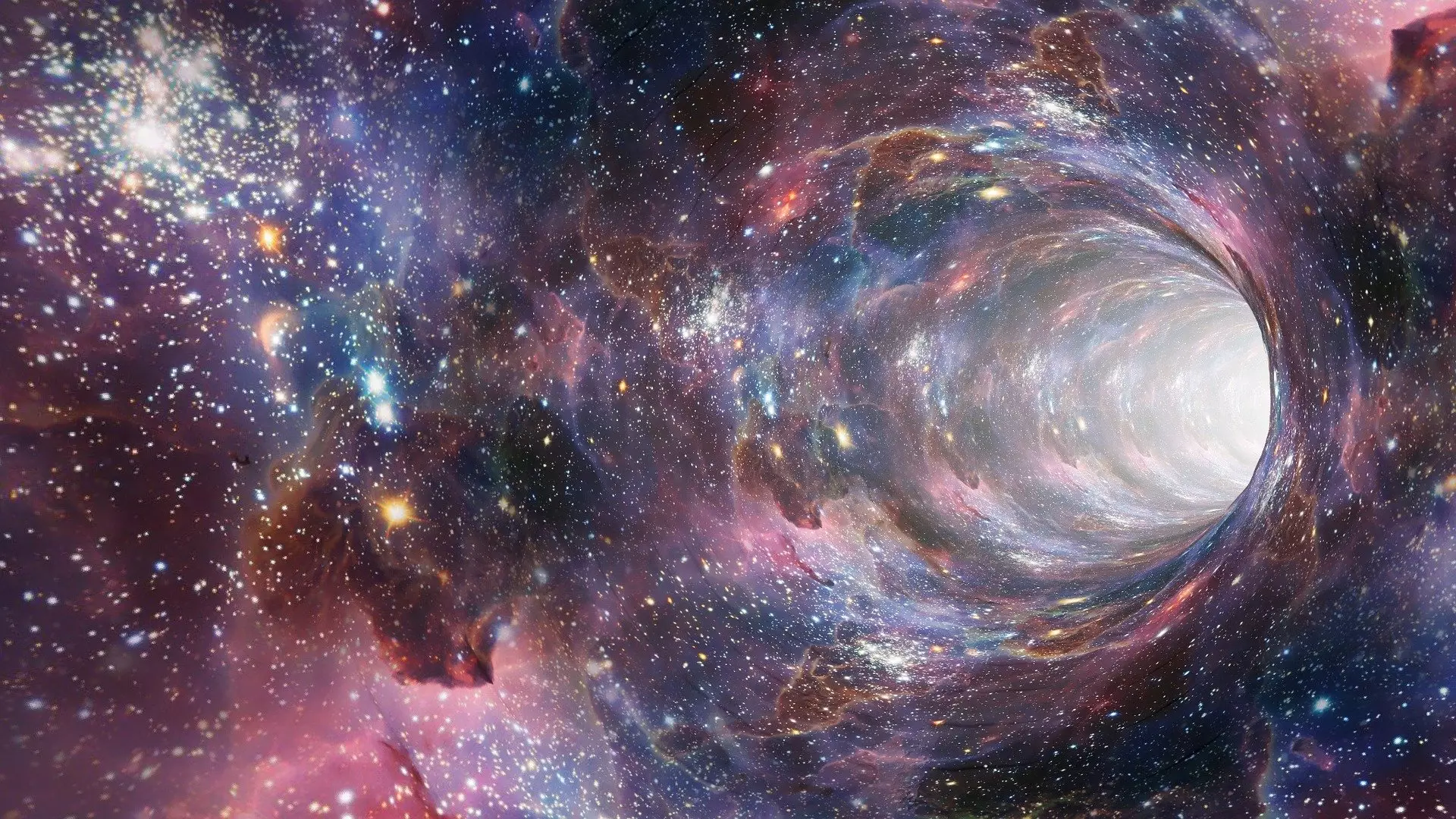Dark energy is perhaps one of the most perplexing facets of modern cosmology. Despite our advancements in understanding the universe’s structure and behavior, dark energy continues to baffle scientists with its elusive nature. In the current prevalent cosmological model—Lambda Cold Dark Matter (Lambda-CDM)—dark energy is generally represented by a cosmological constant, a term first introduced by Albert Einstein. This constant, while theoretically justified, is worryingly small, and its origin remains an enigma. The real discomfort lies in the nature of dark energy itself; it exhibits negative pressure and, intriguingly, does not dilute as the universe expands. These characteristics challenge our conventional understanding and compel physicists to explore alternative explanations rigorously.
A Paradigm Shift in Cosmic Understanding
In my recent research, I propose a radical shift in understanding cosmic expansion through a framework that dismisses the need for dark energy. My hypothesis, detailed in a paper titled “On the accelerated expansion of the universe,” outlined a scenario in which our universe coexists with an anti-universe moving backward in time. This perspective shifts the paradigm surrounding cosmic acceleration, suggesting that we may be misinterpreting the very nature of our universe’s expansion.
However, I take it a step further through the braneworld model, which posits our universe as a 3-brane situated within a higher-dimensional space. By envisioning our universe as a two-dimensional sheet adrift in a three-dimensional cosmos, I lay the groundwork for understanding how the dynamics of gravity could potentially change. In this model, each brane features a constant brane tension, T, critical to its evolution. What follows is a discussion on how this variable tension can effectively replace the elusive dark energy.
Revolutionizing Gravity: A Scalar Approach
In this braneworld scenario, I promote the traditional 4D Newton’s constant G into a scalar field. This approach closely mirrors theories such as Brans-Dicke, which also embrace a variable gravitational constant, albeit with differing implications. The fixed 5D Newton’s constant from the higher-dimensional bulk simplifies the dynamics significantly, allowing for a fresh interpretation of gravitational behavior.
The intriguing aspect of this model is its ability to mimic standard cosmological equations. By using both my promoted scalar field G and conventional matter fields, I illustrate how they can jointly account for cosmic expansion without necessitating a cosmological constant. This theoretical structure effectively presents a universe where matter interacts with this scalar field, which in turn behaves like dark energy, synthesizing two previously distinct components into a unified framework.
Preference for Simplicity and Beauty in Nature
From a philosophical standpoint, I find it hard to accept convoluted theories that deem nature as inherently variable. As scientists, we should strive toward principles that embody elegance and symmetry. Modified gravity theories such as Modified Newtonian Dynamics (MOND) often sacrifice these ideals for complexity, suggesting a universe governed by laws that fluctuate with varying distance scales. This fundamentally undermines the notion of a robust physical law, which should ideally reflect uniformity.
Moreover, theories relying on such properties seem at odds with the aesthetic principles I believe nature inherently favors. The pursuit of understanding should be anchored not just in empirical observations, but also in the elegance of the theoretical frameworks we construct. A universe characterized by mysterious dark matter and dark energy suggests a troubling reality that begs for deeper and clearer explanations rather than heightened complexity.
Looking Towards the Future
As the debate surrounding dark energy and its implications continues to unfold, we must remain open to exploring diverse avenues of inquiry. Observations and technological advancements will undoubtedly serve as a cornerstone for refining our conceptual models. While many may lean towards accepting that general relativity may simply define a universe riddled with dark components, I argue for the potential of a higher-dimensional multiverse where physics operates under a more unified banner.
Ultimately, the journey toward unraveling these cosmic mysteries demands not only innovative hypotheses but also persistent courage to challenge prevailing doctrines. As we venture further into the cosmos, let us prioritize theories that reflect the beauty and simplicity that nature ought to embody.


Leave a Reply